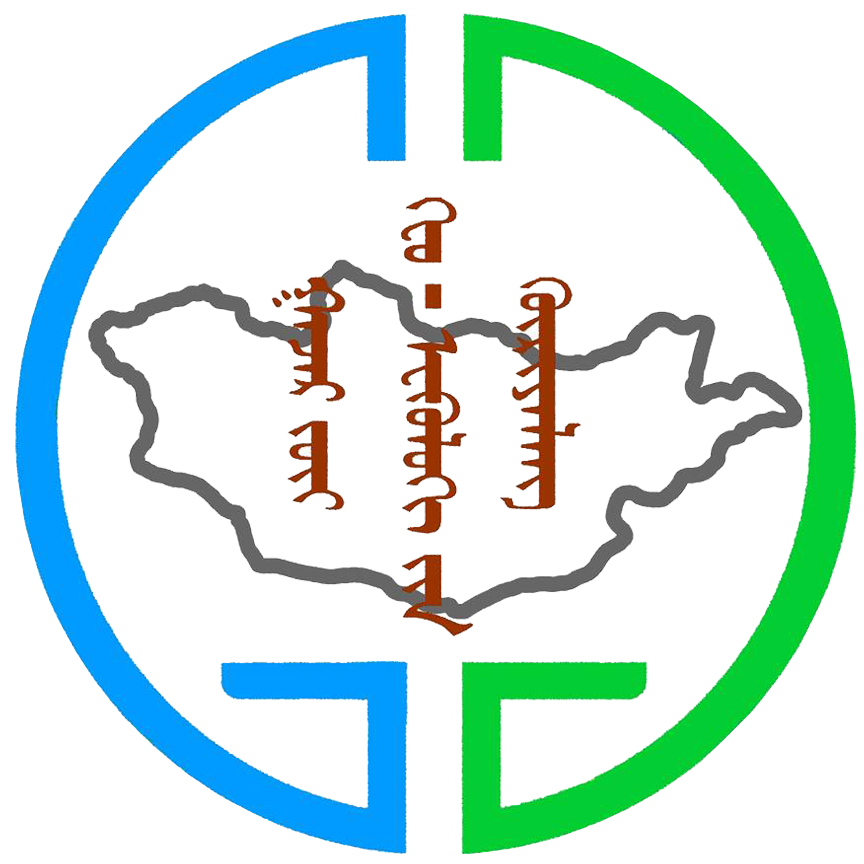Khuvsgul Lake National Park was recorded in the Mongolian special protected network in 1992. The mission of this national park is to preserve in a standard state one of the world’s largest freshwater lakes. The aim of this study was to generate land cover maps of Khuvsgul Lake National Park of Mongolia between 2005 and 2019 derived from the integration of MODIS and Landsat data using the breaks for additive season and trend (BFAST) algorithm. In this study, we used two sources remotely sensed data includes Landsat and MODIS. The spatial resolution of the Landsat 30m (ETM, OLI), and MODIS NDVI 250 m (MOD13Q1, 16-day composite, collection 006). MODIS NDVI data is coarser than Landsat imagery however, this data has a fine temporal resolution. The discrimination of the land cover class used a random forest classification approach based on the machine learning technique. To detect the annual dynamics of land cover and its change used the BFAST algorithm. The results showed that the overall accuracy between 2005 and 2019 every thirteen classes including alpine barren, alpine meadow, lower mountain steppe, temperate coniferous forest, open forest, riverine meadow, riverine forest, forest-steppe, steppe (dry and moderate dry), lake and ephemeral lakes, sand and barren land, 82.3% based on 52 training samples. Over the past fifteen years, the area of forest and meadow steppe decreased. In contrast, the area of steppe, lake, sand, and barren land increased.
